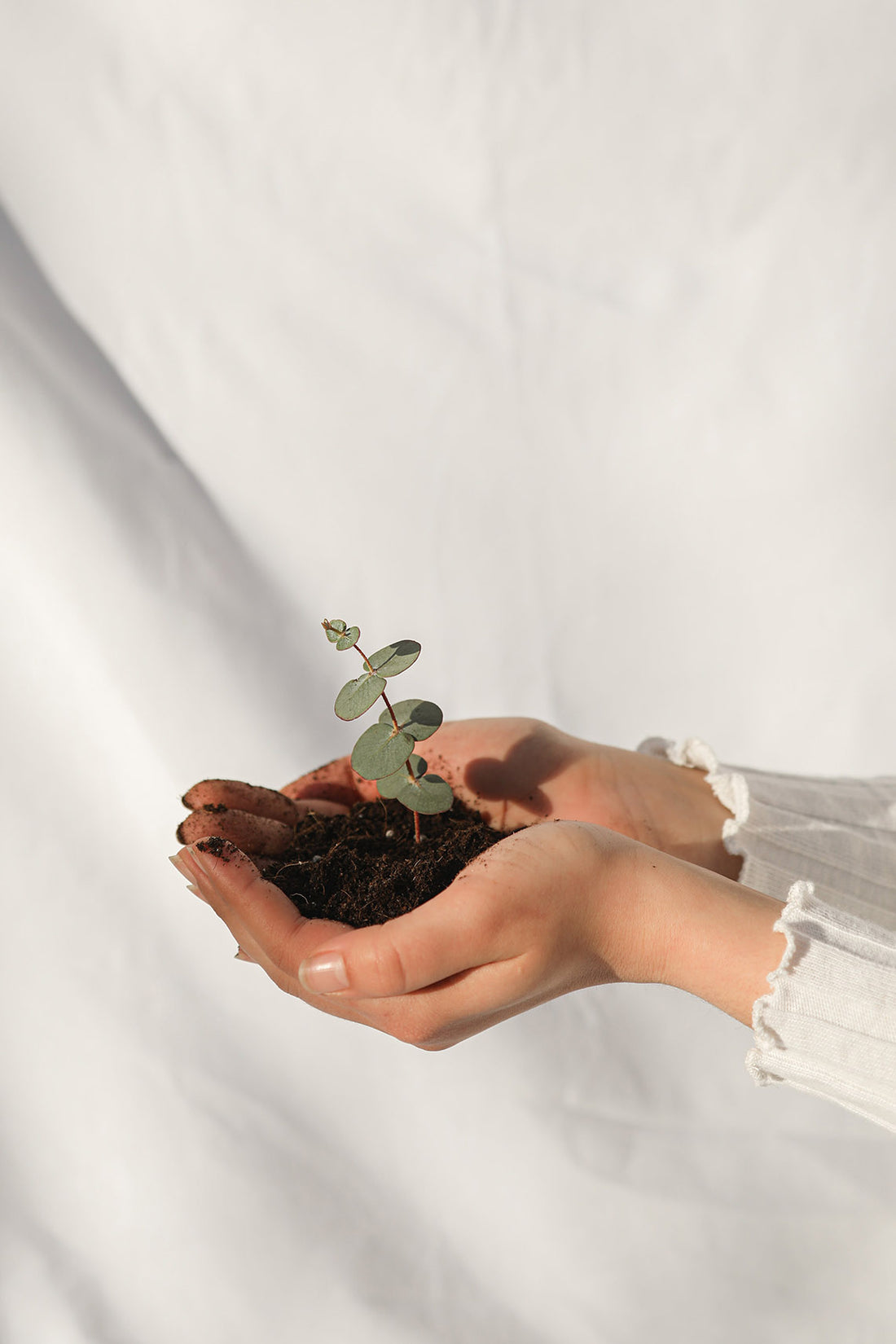Introduction:
In the enchanting world of closed terrariums, the soil serves as the unseen foundation, the silent architect of your miniature ecosystem. Selecting the optimal soil is not just a matter of aesthetics but a crucial determinant for the thriving biodiversity within this self-contained haven. In this comprehensive guide, we will delve into the intricacies of closed terrarium soil, exploring the characteristics of the best options and providing insights to empower you in creating a flourishing and visually stunning microcosm.
Section 1: Understanding the Closed Terrarium Ecosystem
Before we dive into the specifics of soil selection, let's take a moment to comprehend the closed terrarium ecosystem. These encapsulated environments mimic nature on a miniature scale, fostering a delicate balance between moisture, light, and nutrients. The soil, acting as the reservoir of life, plays a pivotal role in sustaining the plants and organisms within this harmonious microcosm.
Section 2: Characteristics of the Best Closed Terrarium Soil
-
Well-Draining Composition:
The cornerstone of ideal closed terrarium soil lies in its ability to drain excess water efficiently. Regular potting soil with a drainage layer underneath it will do, but if you want to take drainage up a notch, opt for a soil mix that includes components such as perlite, sand, or vermiculite, promoting optimal moisture levels without risking waterlogged conditions.
-
Moisture Retention:
While drainage is crucial, the best closed terrarium soil strikes a delicate balance by retaining sufficient moisture. Consider soil blends with a high organic matter content, such as coconut coir or sphagnum moss, to ensure consistent hydration for your plants.
-
Nutrient-Rich Formulation:
Closed terrariums are designed to be self-sustaining, but a nutrient-rich soil provides an extra boost for plant health. Look for a soil mix enriched with organic matter, compost, or specialized terrarium fertilizers to support the long-term vitality of your closed ecosystem.
-
pH Neutrality:
The pH level of the soil directly influences plant growth. Aim for a soil mix with a neutral pH to accommodate a wide range of plant species commonly found in closed terrariums. This ensures a hospitable environment for diverse flora.
Section 3: Top Soil Options for Closed Terrariums
-
Tropical Plant Soil Mix:
Specially formulated for the unique needs of tropical plants, this mix typically combines peat moss, coconut coir, perlite, and vermiculite. It provides excellent moisture retention and promotes the lush growth of ferns, mosses, and other tropical species.
-
Bioactive Terrarium Soil:
A bioactive soil mix goes beyond mere support; it establishes a thriving ecosystem with microorganisms that contribute to the terrarium's ecological balance. These soils often contain beneficial bacteria, springtails, and isopods, fostering a self-sustaining environment.
Section 4: Considerations for Soil Placement and Depth
-
Layering Techniques:
Implement a stratified approach to soil placement within your closed terrarium. Begin with a layer of drainage material like pebbles or activated charcoal at the bottom, followed by the soil mix. This layering promotes optimal water circulation and prevents waterlogging.
-
Appropriate Soil Depth:
Tailor the depth of the soil layer to the specific plant species in your closed terrarium. While some plants thrive in shallow soil, others, like root-hungry ferns, may require a deeper substrate. Understanding the needs of your chosen flora is essential for long-term success.
Section 5: Maintenance Tips for Terrarium Soil
-
Monitoring Moisture Levels:
Regularly assess the moisture content of your closed terrarium soil. Adjust watering frequency based on the specific needs of the plants and the moisture-retaining capacity of the soil mix.
-
Nutrient Supplementation:
Although closed terrariums are designed to be self-sustaining, periodic nutrient supplementation can enhance plant health. Consider using specialized terrarium fertilizers or organic alternatives to replenish essential nutrients.
-
Addressing Soil Compaction:
Over time, soil in closed terrariums may compact, impacting its drainage and aeration properties. Gently loosen the soil surface using a small rake or fork during routine maintenance to prevent compaction.
Conclusion:
As you embark on the captivating journey of creating a closed terrarium masterpiece, the soil you choose becomes a crucial element in the intricate dance of life within this miniature ecosystem. Whether opting for a tropical plant mix, or a bioactive terrarium soil, understanding the unique characteristics and needs of each option empowers you to curate a thriving and visually captivating closed terrarium. With the right soil foundation, your enclosed garden is poised to flourish, offering a verdant sanctuary for diverse plant species to thrive in symbiotic harmony.




